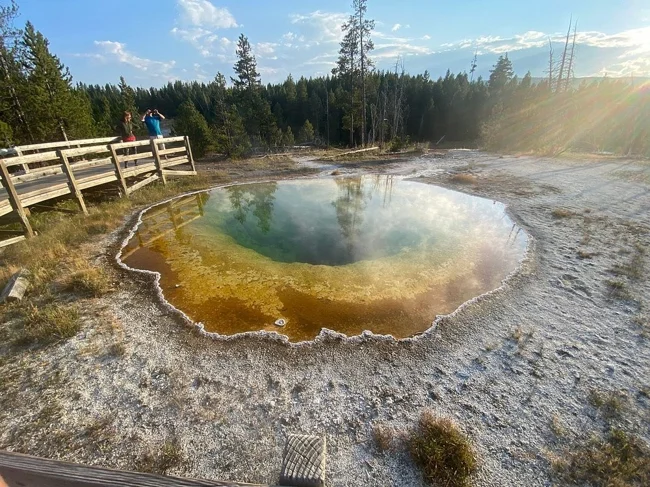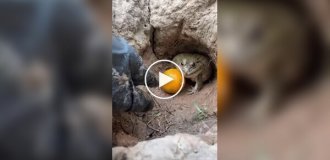Morning Glory Lake - a dying turquoise paradise (11 photos)
If nature could paint a rainbow, it would look like Morning Glory Pool, one of Yellowstone's most beautiful and famous thermal lakes. But behind this beauty lies a sad truth. 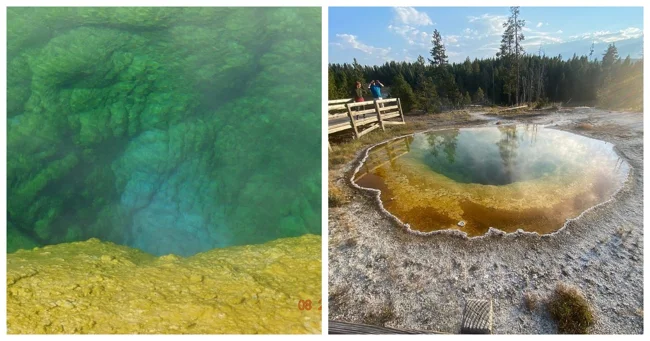
This thermal lake was originally called Convolutus, after the morning glory flower, which has the same bright blue color. 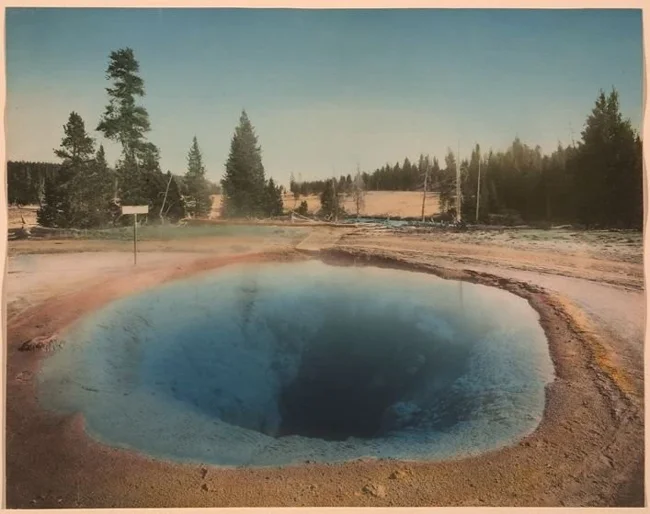
The name was given back in 1883 by the wife of one of the assistant park rangers. However, today it is increasingly called "Fading Glory" because the pond is losing its original color. 
The heart of the pool is thermophilic bacteria living in water with a temperature of about 70°C. Their colonies create a stunning sapphire hue of the water, which attracts tourists. 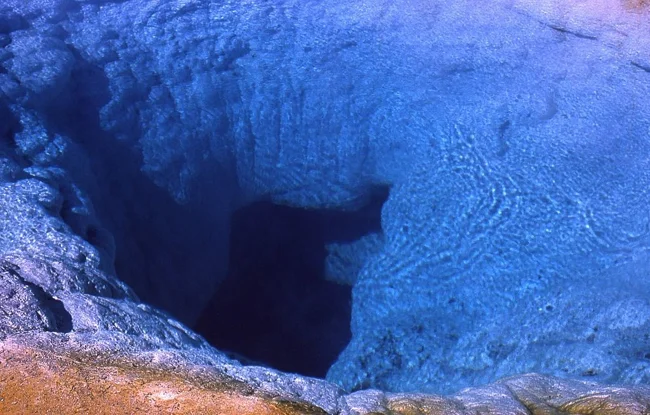
But every year this blue color becomes paler. Why? Because people, despite warnings and prohibitions, threw coins, plastic bottles, and trash into the water – supposedly for good luck. Over time, this waste began to clog the underwater hot springs, lowering the water temperature. 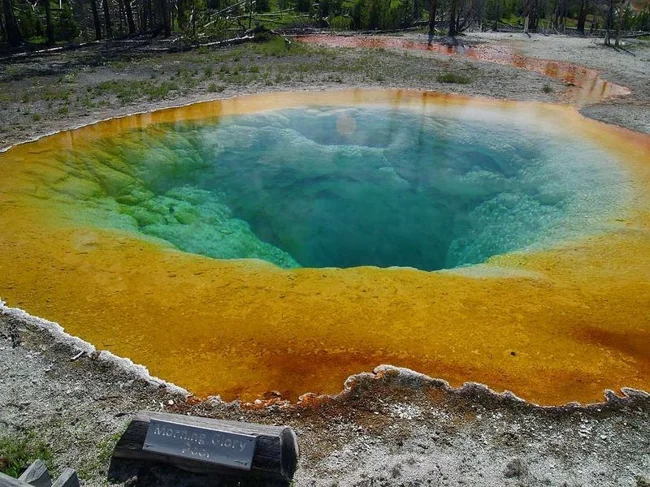
And when the temperature drops, other types of bacteria begin to take over new areas. They paint the edges of the pool red and yellow, creating a rainbow ring around the blue center. So the bacteria take over the cooling areas along the edge, painting the water a yellow-rusty color. 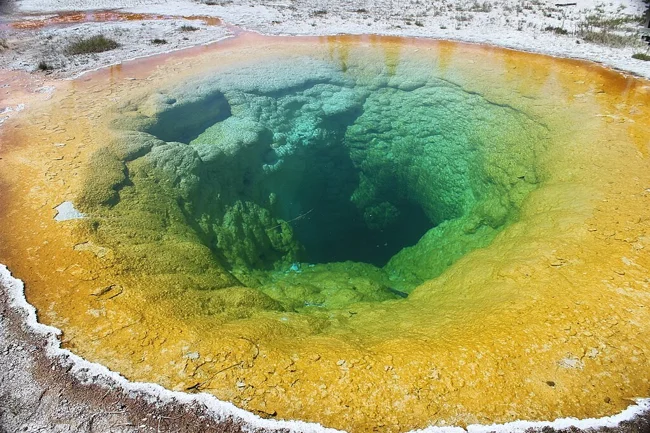
Yes, the new palette looks beautiful. But it is not a decoration - it is a symptom of the ecosystem disease. Bacteria continue to spread, and if nothing changes, the pure blue center may disappear forever... 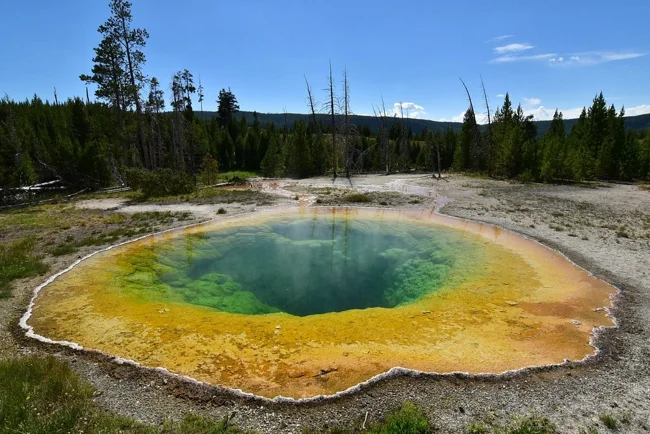
Interestingly, Morning Glory Pool is not just a pool, but a real geothermal geyser. Sometimes, especially after earthquakes, it suddenly explodes with jets of steam and water. 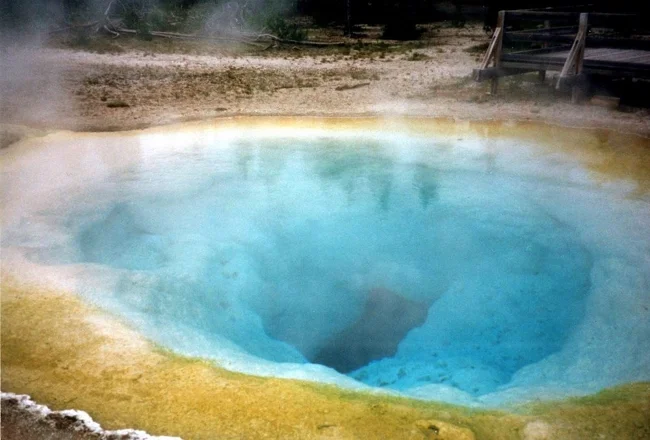
Scientists hope that such emissions can cleanse the pool of debris. There have been attempts to artificially cause an eruption, but the results have been mixed: sometimes it helped, sometimes it didn't. 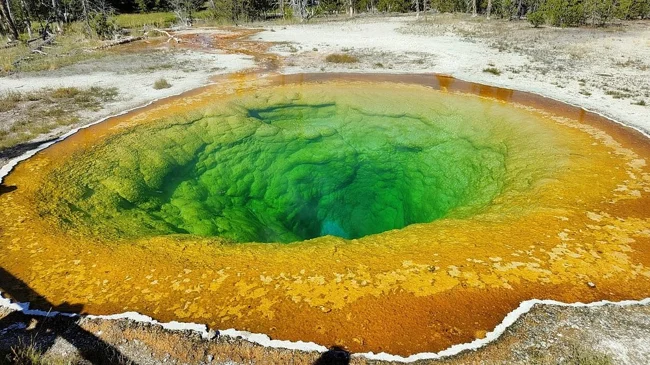
Now scientists and park staff are fighting to preserve the pool. They are conducting campaigns to inform tourists, monitoring the condition of the source, and trying safe cleaning methods. 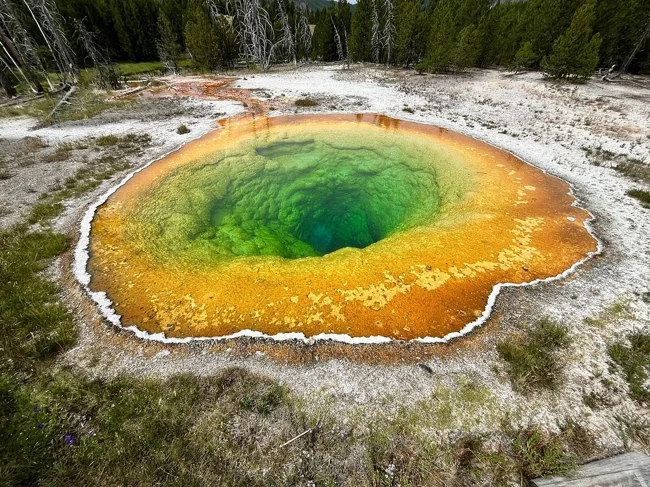
Photos of this pool often adorn postcards, books and films about Yellowstone. But those who have seen it up close say: the reality is much brighter and more touching than any even the highest quality professional photo. 